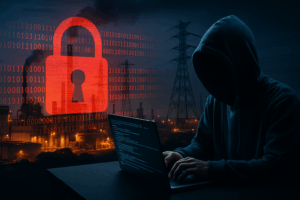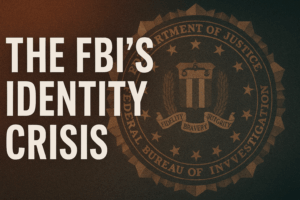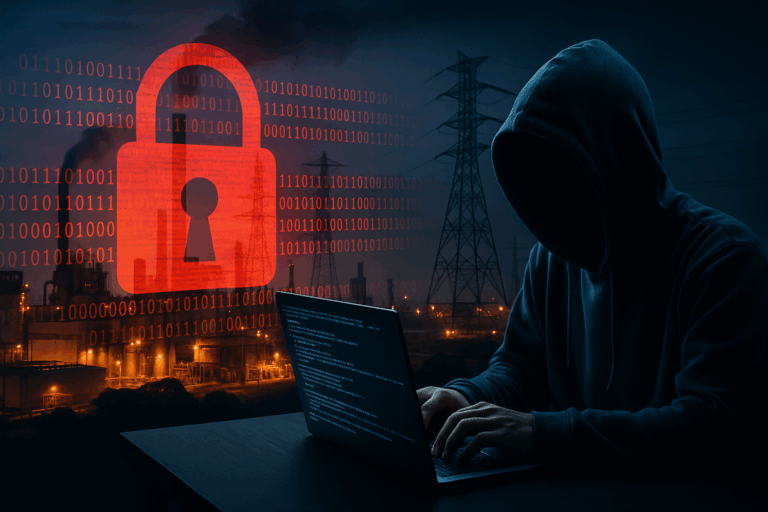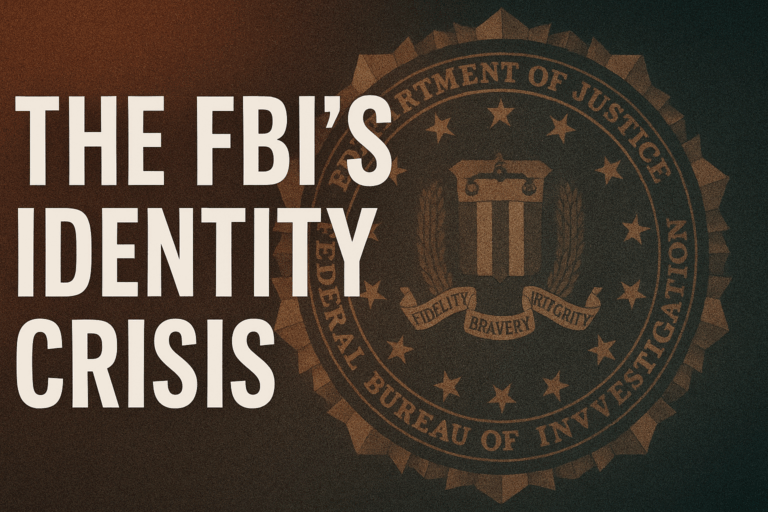Espionage seldom unfolds like a Hollywood thriller, despite popular images of shadowy figures trading secrets in dim parking garages or talking into their hidden-microphone-pens. Today, American intelligence agencies face threats far subtler- and often far more difficult to detect- than the cinematic stereotypes suggest. These threats fall into two distinct categories: symmetrical espionage, involving trained professional operatives, and asymmetrical espionage, carried out by individuals who may not realize they’re playing a part.
Symmetrical espionage continues to evoke echoes of the Cold War era, exemplified vividly in June 2010 with the FBI’s Operation Ghost Stories. After a decade of meticulous surveillance, authorities arrested ten Russian spies living undercover in American suburbs from New Jersey to Virginia. These operatives, part of the Russian Foreign Intelligence Service’s “Illegals Program,” integrated deeply into U.S. communities, holding ordinary jobs, raising families, and quietly gathering intelligence on U.S. policy and technology. The FBI’s sweeping arrests sent shockwaves, revealing how effectively traditional spies could still blend seamlessly into everyday American life.
Since this case garnered so much attention to the general public, the FBI released some hidden-camera videos to showcase how some operations went down. As you watch the video, think to yourself, are there any obvious signs that this person is a bad actor? Remember, like any spy, their ability to match their personality to their surroundings is paramount.
Asymmetrical espionage, however, often arises far from traditional intelligence battlefields. Consider the case of Dr. Charles Lieber, the former chair of Harvard University’s Chemistry Department, arrested in January 2020. Lieber concealed financial ties with China’s Thousand Talents Program- a government-funded initiative designed to recruit international expertise. By establishing a secret laboratory at Wuhan University of Technology, Lieber received substantial compensation, none of which he disclosed to federal authorities. His case shows how foreign governments increasingly target academics to gain access to sensitive top U.S. research, exploiting the open and collaborative culture of American universities.
According to the U.S. Department of Justice:
Unbeknownst to Harvard University beginning in 2011, Lieber became a “Strategic Scientist” at Wuhan University of Technology in China and was a contractual participant in China’s Thousand Talents Plan from about 2012 to 2017.
A similarly troubling instance occurred in September 2018, when Ji Chaoqun, a student at the Illinois Institute of Technology, was arrested for secretly working as an agent for Chinese intelligence. Ji, who also served in the U.S. Army Reserves, had been tasked with identifying American scientists and engineers with access to classified aerospace technology, making them targets for potential recruitment by China. His story illustrates the subtlety of asymmetrical espionage- relying not on trained spies, but ordinary individuals quietly leveraging their positions within trusted American institutions.
These incidents underscore the complexity of the contemporary espionage landscape. While professional spies still pose significant risks in the symmetrical sphere, it’s increasingly clear that intelligence threats no longer fit neatly into traditional categories. Espionage today requires U.S. counterintelligence agencies to constantly adapt, employing strategies that range from surveillance and deep undercover operations to proactive education and heightened awareness campaigns within universities and research institutions. Ultimately, America’s response to espionage must match the creativity and adaptability of its adversaries. The stakes go beyond protecting classified information; they extend to safeguarding the very openness that defines American academic and technological innovation. As recent cases demonstrate, remaining vigilant means recognizing that spies are no longer confined solely to the shadows- they may be standing in plain sight.
A special thanks to Peter Fugleberg for reading and editing drafts of this.













Good